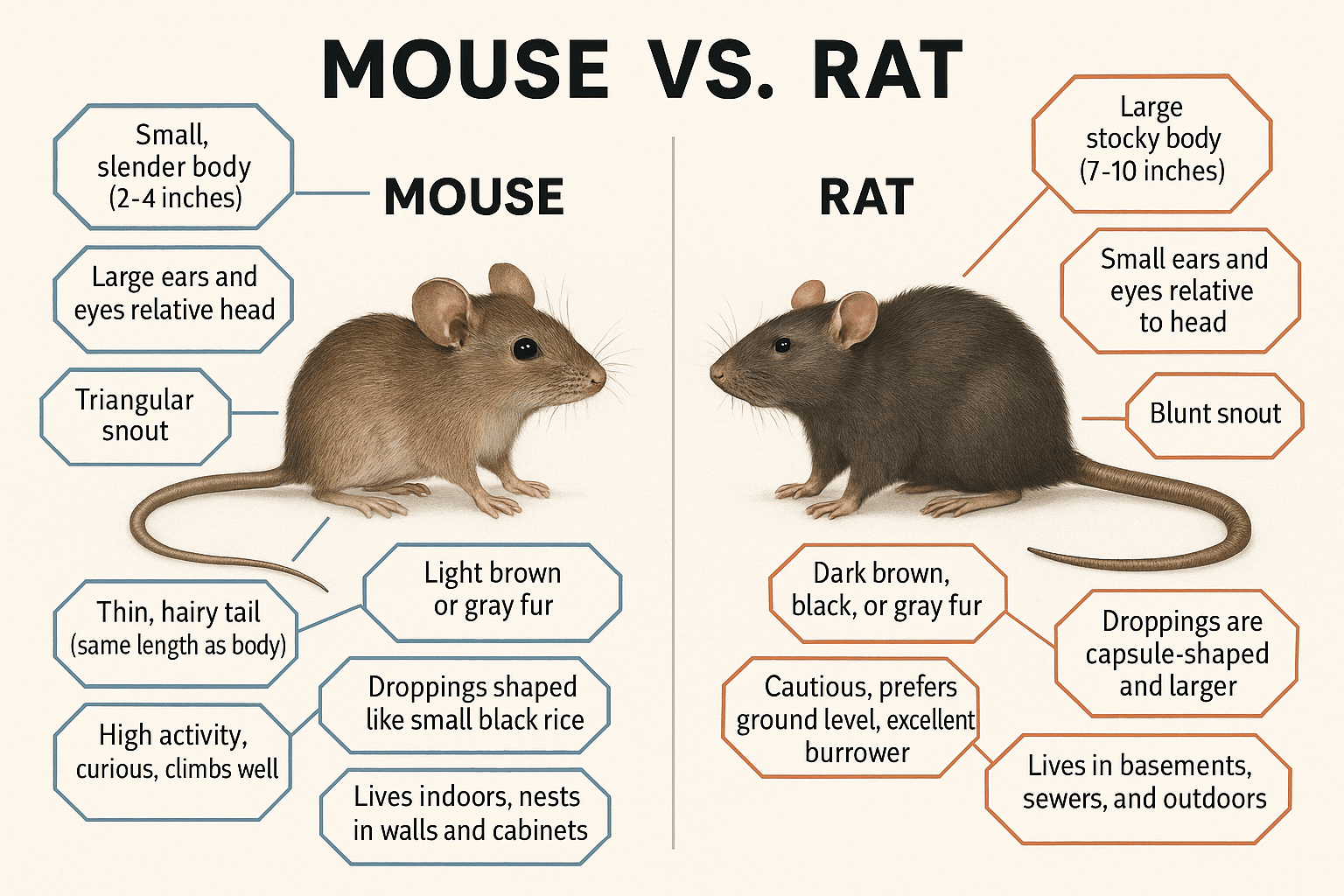Pavement Ants
"*" indicates required fields
Pavement Ants
Treatments for this pest are included in these services:
Pavement ants can be a frustrating pest to control. The best method of prevention is to make your home as inhospitable to the critters as possible. This means that you should try to keep things as clean as possible and reduce the food attractants to a minimum. Even with ideal sanitation, their nests and colonies can be difficult to locate, and there are many products on the market for ants (but not all of them are effective on pavement ants). It is best to contact a skilled pest management professional to assist you in eradicating pavement ants from your home.
Pavement Ants Habits
Pavement ants are considered a “tramp ant” species, in that they are transient and will move from location to location. They get their name from the common nesting sites that they choose, especially under sidewalks, foundations, driveways, and other cement areas. However, pavement ants will also nest in open areas such as under stones, in masonry, and in rotting wood.
During the colder winter months, pavement ants will often move inside of structures and will naturally gravitate towards heat sources. Worker pavement ants will utilize any small opening that they can to gain access into a structure, which is why it is so important to be aware of cracks in slabs, gaps in utilities, and expansion joints of homes.
Damage Caused by Pavement Ants
Pavement ants do not cause structural damage to buildings, but can be a significant nuisance — particularly as their colony numbers swell. When colonies get large, reproductive females will begin to look for new potential nesting sites and may be troubling to homeowners. These ants will have wings, and, due in some part to their natural gravitation towards heat sources, will often fly upwards and around lights and other warm areas. If reproductive females are successful in mating, multiple colonies can infest a single structure and cause significant headache to residential and commercial customers. In order to completely eradicate a colony, the queen must come into contact with control measures; if treatment(s) only affect workers, more will be produced and the colony will continue to survive.
Biology of Pavement Ants
Pavement ants are a nuisance ant in the United States whose populations are beginning to climb. The ant is dark in color (usually dark brown or black), and typically measures at 2.5 to 3 millimeters in length. Pavement ants actually have a stinger, but are rarely aggressive towards humans. Their colonies typically have a single queen, and can have many thousands of workers.
Pavement ants will eat a variety of substances — like many insects, they have a definite preference towards aphids and the honeydew that they secrete (they will also protect aphids to preserve this food source). Natural scavengers, pavement ants will generally thrive in human environments and will eat meats, bread, grease, and other edible products they can find. Outdoors, pavement ants will eat dead insects, plants, and whatever else they can get a hold of.



